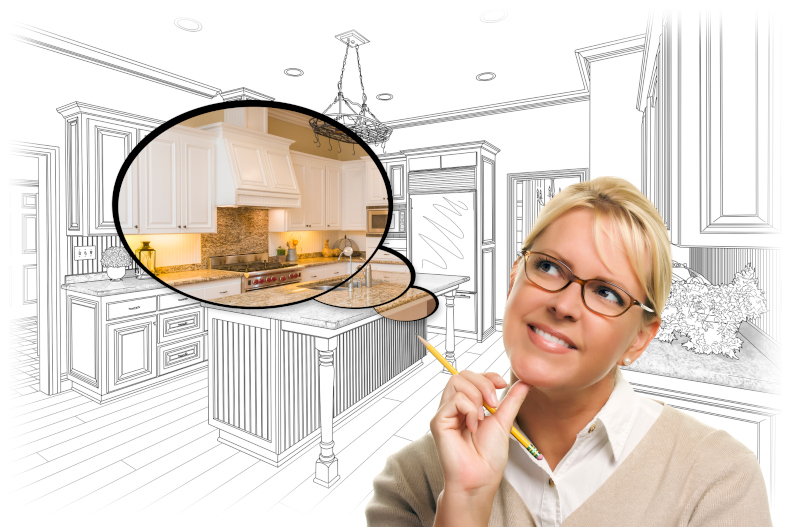If you’ve never worked with an architect before, you may be wondering what to expect. Even before your initial meeting with an architect, it might be a wise idea to ask yourself some questions first.
- What are your design aspirations? Look at images to find what you like and, equally important, what you don’t like.
- What are your own expectations for your design project?
- How do you generally go about making decisions? How much information do you need to make decisions?
- Will one individual sign off on decisions, or will others be involved in the decision-making process?
- Do you know your budget sweet spot and your budget limits?
Once you’ve examined those questions and gathered some images, it is time to move forward. We’ll assume you’ve gone through all the steps to prepare to consult with and vet the professional you’d like to work with, so what are the next steps? Understanding the architectural design process is important for setting expectations, so we hope you’ll review our earlier post on that topic.
What are the next steps?
Developing the path to realistic expectations and communicating effectively can help to ensure the success of your project. If you are a fan of any of the home improvement TV shows, what lands on the cutting room floor that you don’t get to see behind the scenes can leave you with unrealistic expectations for a design project. Whether you are seeking a remodeling project or a new design project, setting expectations is a good first step.
The Design Itself
The architect will need to assess the site, your ideas for the project, their feasibility and then tackle it from an overarching perspective. It is also imperative to express your likes and dislikes as the options materialize, so your choices are reflected in the architect’s concepts. The process continues until you decide on a design direction. At that point, more concrete elements like materials come into it, and the drawings become more functional than visually engaging.
Project Management
An architect is capable of providing more than a beautiful, workable design. They often facilitate communications between the municipal permitting agencies, the contractor, plumber, electrician and painter – in other words, with anyone associated with the project. The architect can prove to be an invaluable project manager and client advocate. Having one point of contact can make it easier for everyone involved.
A familiarity with current federal, state and local laws can make the difference as to whether a project gets approval or is summarily but sometimes incorrectly denied. In California, laws like SB9 expand opportunities to build ADUs and multi-family dwellings in formerly single- family neighborhoods and override local zoning ordinances throughout the state. Localities are still learning about the state’s override capacity, and amendments have been added since it was passed in September 2021.
The way you decide to proceed will depend on the project scope, your level of desired interest in being involved in the process, your expertise and the time you have available.
A version of this post first ran in 2021.


